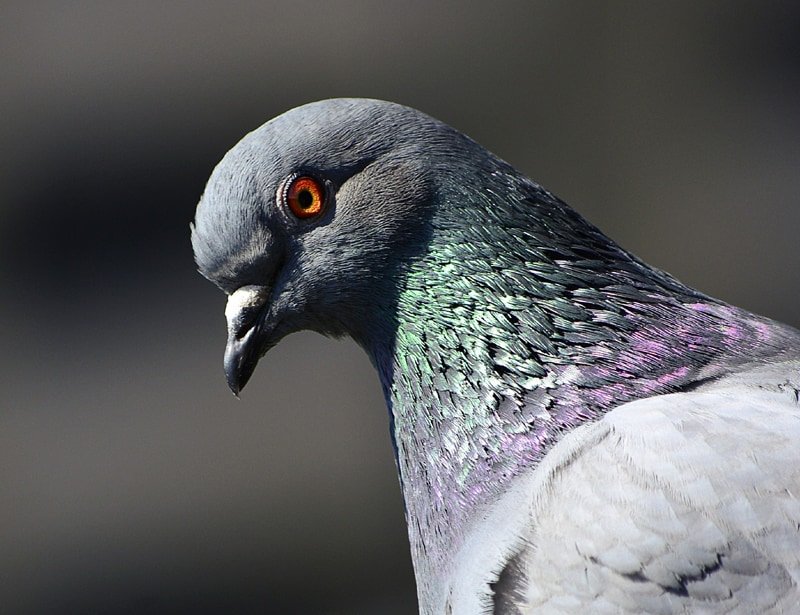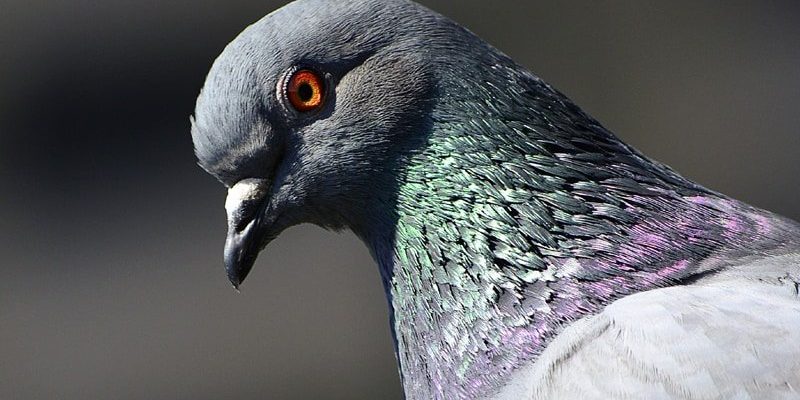
Pigeons, particularly the common rock pigeon, have lived alongside us for thousands of years. They have a unique way of adapting to urban environments, making them a familiar sight in cities around the globe. The more you learn about pigeons, the more you’ll realize they deserve a little more respect. So, let’s dive into some fascinating facts you might not know about these incredible birds!
Pigeons Are Superb Homing Birds
Have you ever heard someone say that pigeons have a “homing instinct”? It’s not just a fancy term! Pigeons can find their way home from distances of up to 1,000 miles. How do they do that? Well, they have a special ability to sense the Earth’s magnetic fields, along with an incredible sense of smell.
Here’s an interesting story: during World War I, pigeons were used to carry messages across enemy lines. One heroic pigeon named Cher Ami delivered crucial information despite being injured, saving the lives of many soldiers. This instinct makes pigeons impressive navigators and valuable allies in various situations.
They Have a Unique Way of Communicating
When it comes to talking, pigeons have a language all their own. You might think they just coo and flap around, but they actually have a complex system of communication. Pigeons can produce a range of sounds, from soft coos to more urgent calls, depending on the situation.
More than just vocalizations, pigeons also communicate through body language. They bow, puff up their feathers, and dance to express their feelings. So, the next time you see a pigeon strutting about, remember that it might just be trying to say something!
Pigeons Can Be Extremely Affectionate
You might be surprised to learn that pigeons are social creatures with deep emotional bonds. They often mate for life, choosing partners based on mutual affection rather than just physical characteristics. If you’ve ever watched two pigeons grooming each other or cuddling, you’ve seen their affection firsthand.
Their nurturing side extends to parenting as well. Both male and female pigeons take turns incubating their eggs and caring for their chicks. This teamwork is vital for the survival of their young and reflects a strong partnership that many humans can admire.
They Have Impressive Learning Abilities
Pigeons are smarter than you think. Studies have shown that they can recognize themselves in mirrors, a sign of self-awareness. They can also learn complex tasks, such as recognizing different shapes, colors, and patterns.
One experiment found that pigeons could even learn to tell the difference between paintings by famous artists! This ability to learn and adapt makes them fascinating subjects for research. It’s like having a feathered Einstein among us!
Pigeons Have Been Part of Human History for Centuries
The relationship between humans and pigeons goes way back. Ancient civilizations, like the Egyptians and Romans, bred pigeons for food and as pets. They also used them in messaging systems long before modern technology took over. Imagine sending a message by attaching a note to a pigeon’s leg and watching it soar off into the distance!
Even today, pigeons are still celebrated in various cultures. In some places, they symbolize peace and prosperity. This rich history makes pigeons more than just simple birds; they’re part of our shared story.
They Can Fly at Incredible Speeds
Did you know that pigeons are speedy flyers? They can reach speeds of up to 50 miles per hour! That’s faster than many people can run. Their strong wings and powerful muscles allow them to travel long distances efficiently.
Imagine a pigeon soaring through the sky, dodging obstacles and navigating the streets like a pro. They’re built for speed and endurance, which makes them one of the fastest birds around. During racing events, trained pigeons can return home from hundreds of miles away in record time!
Pigeons Have Incredible Vision
Pigeons possess some of the best vision in the animal kingdom. They don’t just see in color like humans; they can perceive ultraviolet light, which is invisible to the human eye. This ability helps them spot food, predators, and mates more easily.
Their large eyes offer a wide field of vision, allowing them to notice movement even from a distance. It’s like having a built-in radar, making them aware of their surroundings at all times. So, next time you see a pigeon, remember that it’s not just looking around—it’s processing a whole lot of information!
Pigeons Are Key to Scientific Research
Believe it or not, pigeons have played a significant role in scientific research. Their capabilities have helped scientists study everything from animal behavior to the principles of learning and memory.
For example, researchers often use pigeons in experiments to understand how animals learn and adapt to their environment. Their ability to recognize patterns and shapes makes them ideal subjects for studies that can inform other areas of science. So, every time you see a pigeon strutting down the sidewalk, you might just be looking at a brilliant little researcher!
In conclusion, there’s far more to pigeons than their casual demeanor suggests. From their incredible navigation skills to their affectionate nature, these birds have a way of capturing our hearts and minds. So, the next time you spot a pigeon, take a moment to appreciate its unique qualities. They may be common, but they certainly aren’t ordinary!

